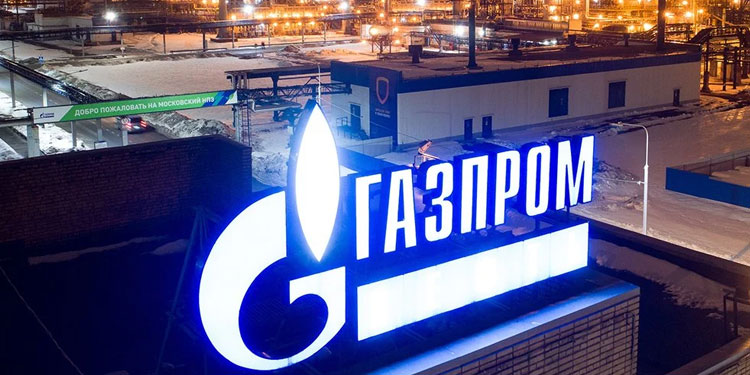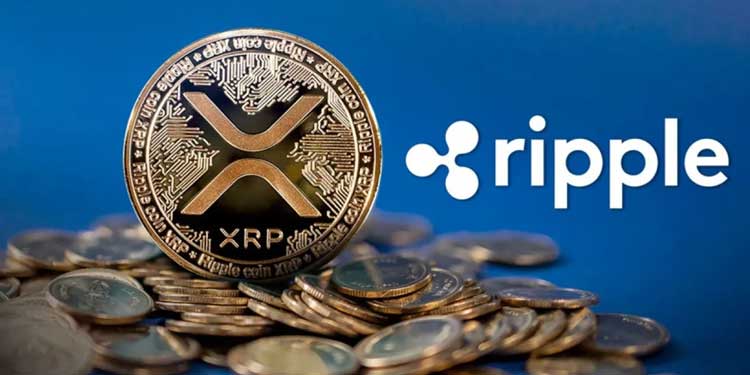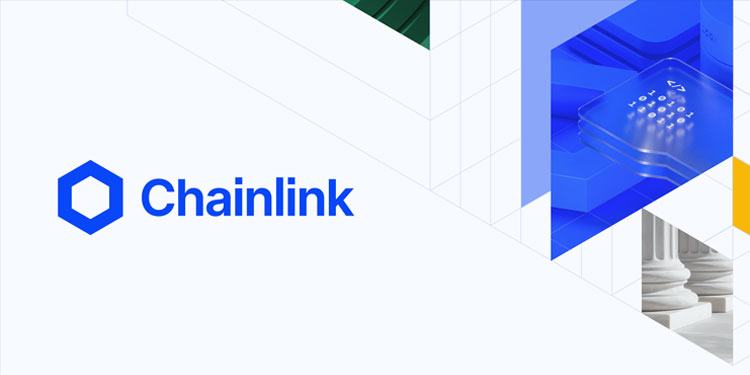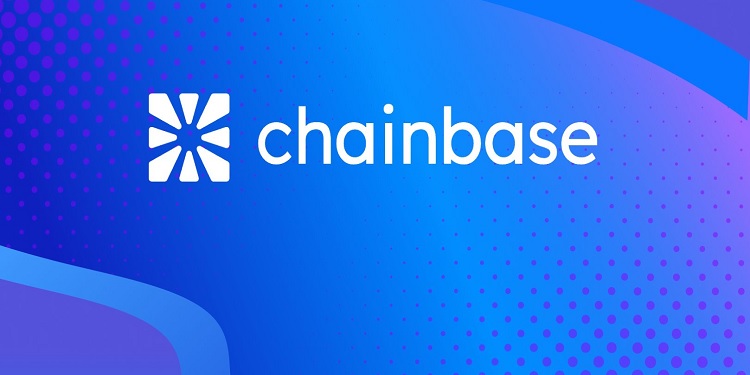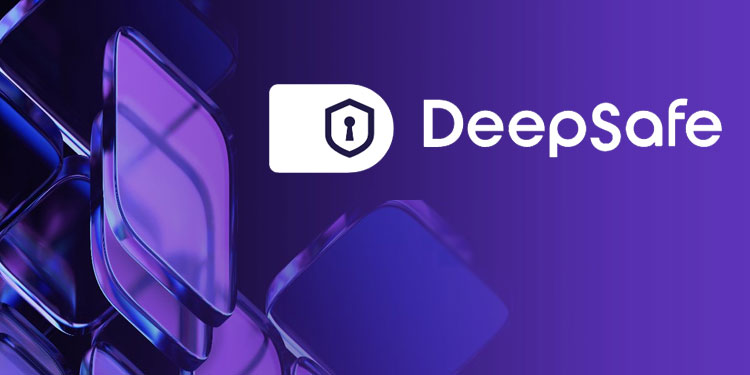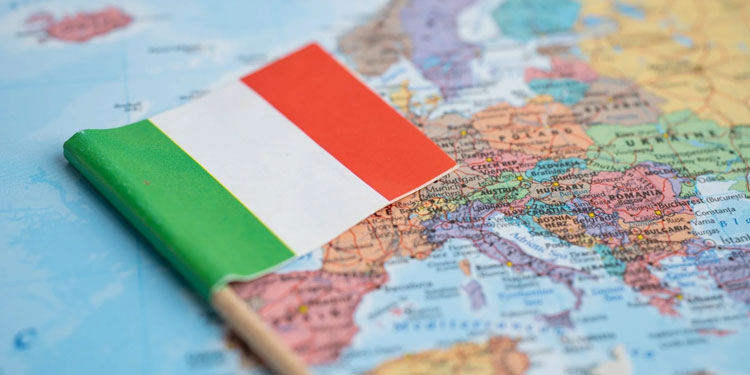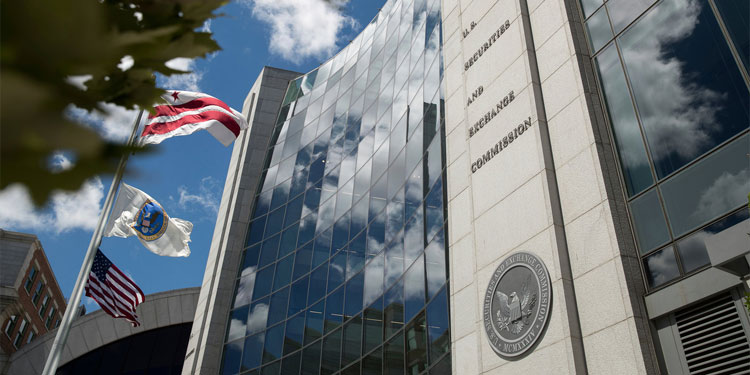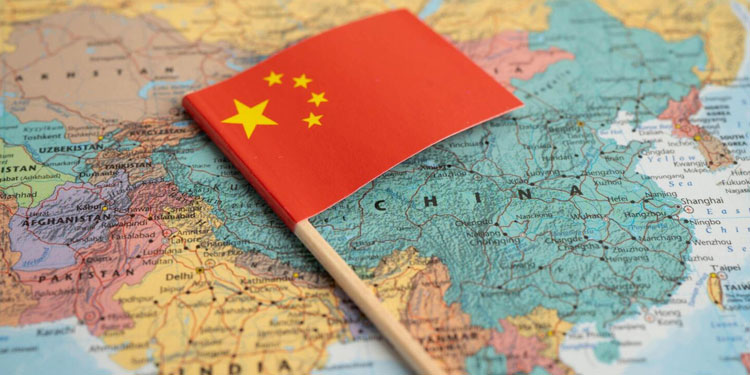Gazprom, Russia’s state-owned oil and gas giant, has introduced a range of blockchain-based digital financial assets (DFAs). This initiative marks the company’s official entry into the rapidly expanding DFA market in the country. By launching these tradable assets, Gazprom is aligning itself with the growing number of major corporations, including commercial banks, that are leveraging blockchain technology for financial products.
Significant Issuance via Gazprombank
The financial issuance, carried out through Gazprom’s banking arm, Gazprombank, is reported to be valued at 2 billion rubles, equivalent to over $23.5 million. The digital tokens will provide an annual yield of 21%, with the issuance scheduled for March 31. Each token is valued at 1,000 rubles (approximately $11.77), and the maturity date is set for May 13, 2025. Upon maturity, token holders will receive a fiat equivalent of 1,024.74 rubles ($12.06) per token.
The issuance will be facilitated using the Moscow Exchange’s DFA platform. Gazprombank has clarified that the tokens are essentially tokenized monetary claims on the issuer, providing a transparent and regulated investment option.
Accessibility for Retail Investors
One noteworthy aspect of Gazprom’s DFAs is their availability to non-qualified investors. Unlike many DFAs, which are often restricted to institutional or corporate investors, the regulatory framework permits retail buyers to participate in trading these tokens. This inclusion widens access to blockchain-powered financial products within the Russian financial landscape.
The move comes on the heels of a similar DFA issuance by Rostelecom, Russia’s largest telecom and digital services provider. Rostelecom recently introduced two DFAs on the Moscow Exchange, reinforcing the growing trend of state-backed firms adopting blockchain solutions.
Regulatory Framework and Market Growth
Russia’s Central Bank oversees the regulation of DFA platforms, issuing permits to information system operators (ISOs) authorized to facilitate DFA trading. Among the key players in this sector is Atomyze, a blockchain platform built on the Hyperledger Fabric framework and closely associated with Norilsk Nickel, a prominent metals producer.
Russian police have charged billionaire Vadim Moshkovich, founder of the country's top agriculture company Rusagro, with fraud on Wednesday, Russian news agencies said, in the highest profile case against a major businessman in years. https://t.co/BjwmHsPlIh pic.twitter.com/bVzuH9Q2lv
— Reuters (@Reuters) March 27, 2025
A report published by Sberbank in February highlighted the remarkable growth of Russia’s DFA market, with cumulative trading volumes reaching 684 billion rubles (approximately $8 billion). Further reflecting the market’s diversification, Sberbank also issued an index-based DFA earlier this month, designed to track the global price of cocoa.
Gazprom’s Broader Blockchain and Crypto Initiatives
Beyond its latest venture into DFAs, Gazprom has demonstrated a growing interest in blockchain and cryptocurrency. Last year, the company announced the establishment of a dedicated crypto mining subsidiary. This entity is currently developing a large-scale crypto mining center in Veliky Novgorod, located in the Novgorod Oblast region.
Reports suggest that the facility will house around 5,000 mining rigs and is expected to operate at full capacity by 2028. Gazprom has reportedly allocated approximately $500 million for its crypto mining endeavors, underlining its commitment to expanding within the digital asset ecosystem.
Looking Ahead
With its latest blockchain initiative, Gazprom is positioning itself as a key participant in Russia’s digital finance sector. The company’s decision to offer DFAs to both institutional and retail investors reflects its confidence in blockchain technology’s potential to reshape financial markets.
As other state-backed entities continue to follow suit, the integration of blockchain-powered assets is likely to accelerate, fostering greater innovation and financial inclusion. Industry experts will be closely monitoring the success of Gazprom’s DFAs and their impact on the broader Russian financial ecosystem.

